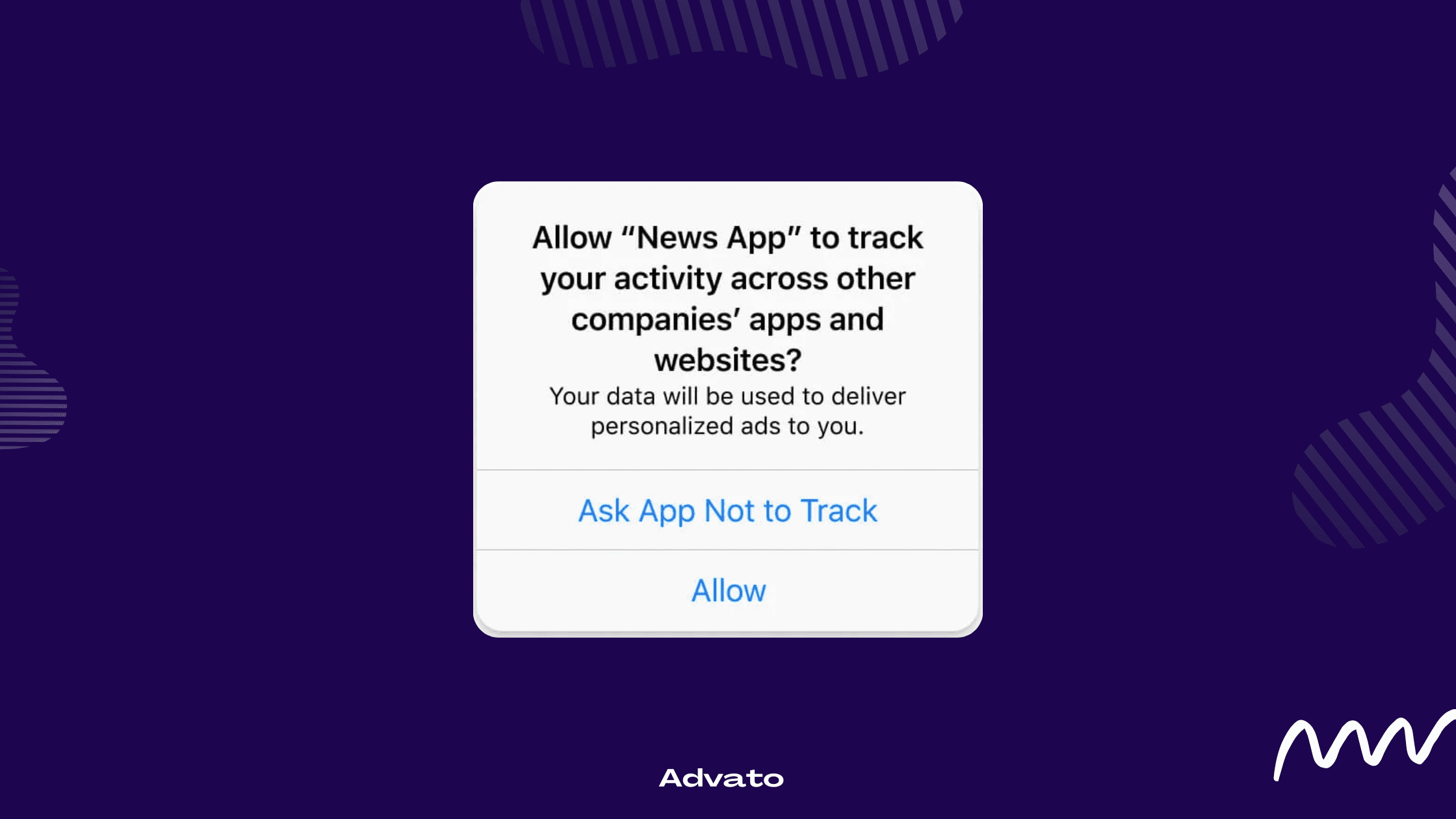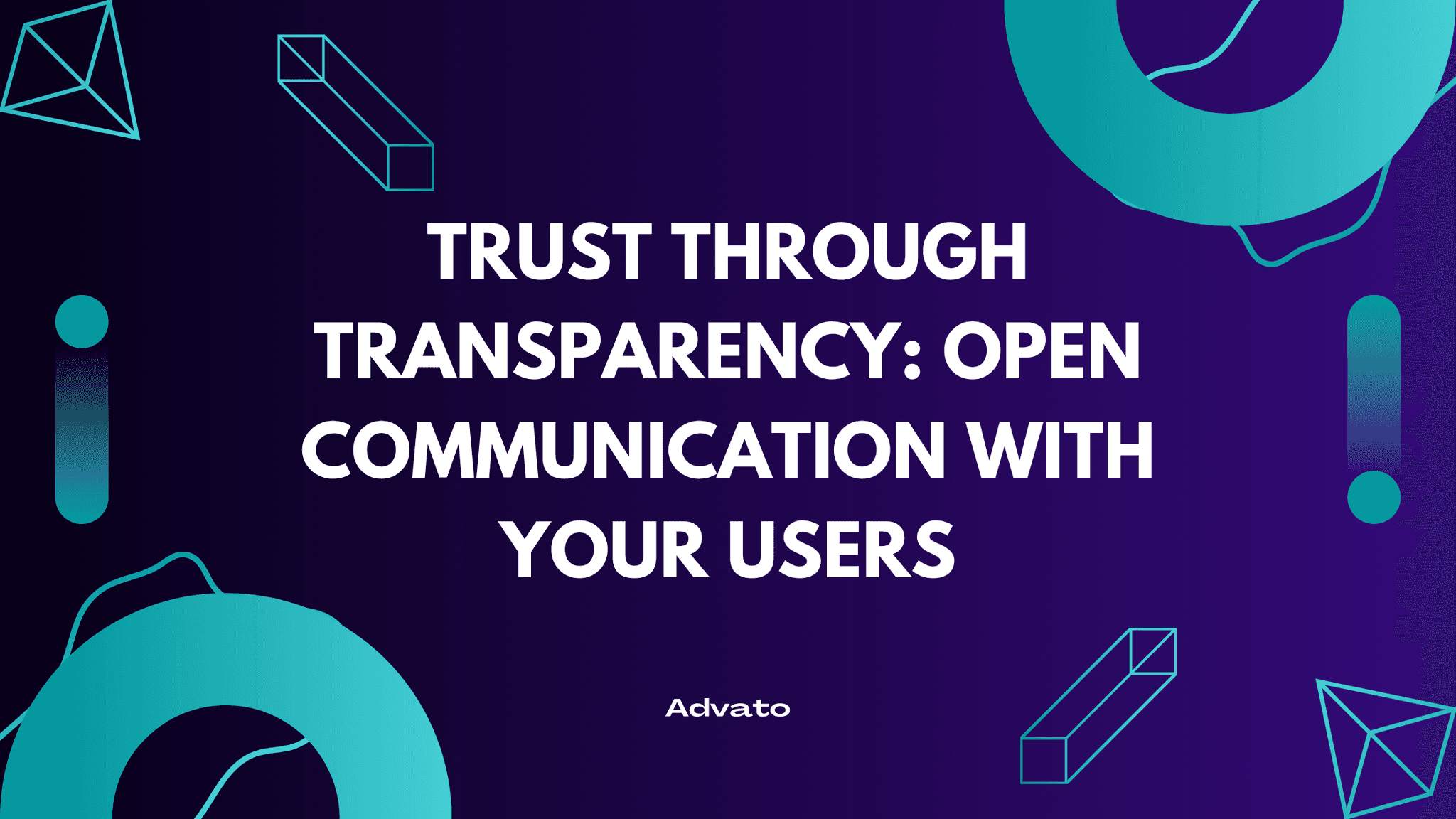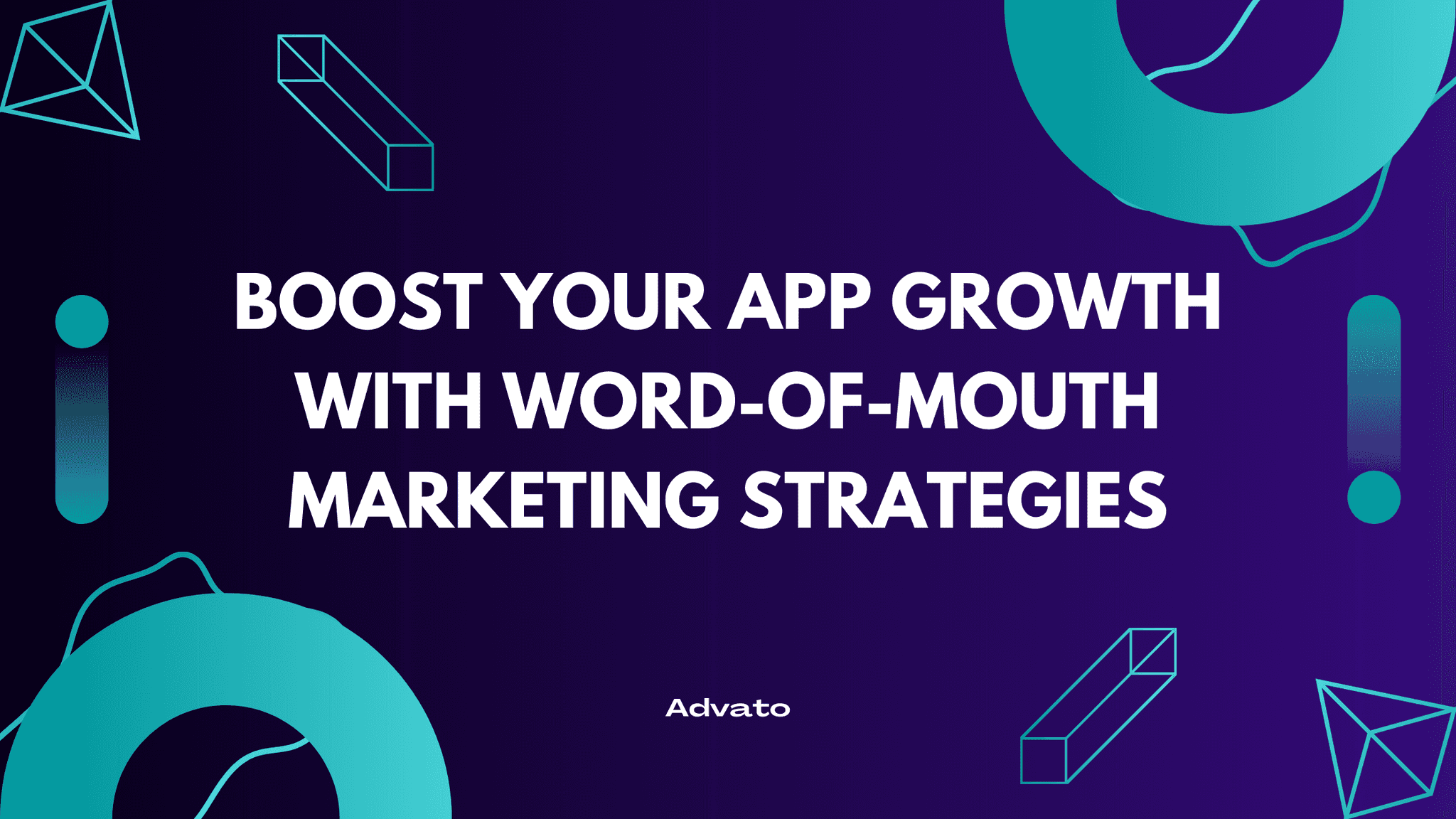Oct 25, 2024
The marketing world was shaken when Apple introduced the App Tracking Transparency (ATT) framework. Suddenly, the rules changed for app developers and marketers who relied heavily on user data for targeted advertising. But what exactly is ATT, and how has it reshaped the app marketing industry?
Understanding App Tracking Transparency
In April 2021, Apple rolled out iOS 14.5, introducing ATT as a new privacy feature. This framework requires apps to obtain explicit permission from users before tracking their data across other companies' apps and websites.
What Does ATT Do?
User Consent: Apps must present a prompt asking users if they agree to be tracked.
Limited Data Access: Without consent, apps can't access the device's Identifier for Advertisers (IDFA), which is used for personalized ads and attribution.
Enhanced Privacy: Users gain more control over their personal data and how it's used.

The Immediate Impact on Marketing
The introduction of ATT sent ripples through the marketing community, especially for those who depended on precise targeting and measurement.
Reduced Ability to Track Users
Opt-In Rates: Studies show that a significant percentage of users choose not to allow tracking.
Data Gaps: Marketers now have less data to understand user behavior and preferences.
Challenges in Ad Personalization
Generic Ads: Without user data, ads become less personalized and potentially less effective.
Lower ROI: Advertisers may see reduced returns on ad spend due to less efficient targeting.
Attribution Difficulties
Measuring Success: It's harder to attribute app installs and in-app actions to specific campaigns.
Budget Allocation: Without clear data, optimizing marketing budgets becomes a guessing game.
Strategies to Adapt to ATT
While ATT poses challenges, it also opens doors for innovative approaches to marketing.
Embracing Privacy-Friendly Practices
Contextual Advertising: Target ads based on content rather than user behavior.
First-Party Data: Collect data directly from users within your app, with clear consent.
Focusing on User Engagement
Quality Over Quantity: Prioritize retaining existing users by enhancing user experience.
In-App Events: Encourage engagement through events, promotions, and interactive features.
The Rise of Referral Marketing
Referral marketing has gained prominence as a powerful tool in the post-ATT world.
Why Referral Marketing?
Trust Factor: People trust recommendations from friends and family more than ads.
Data-Light: Requires minimal personal data, aligning with privacy concerns.
High-Quality Users: Referred users are often more engaged and have higher lifetime value.
Implementing Effective Referral Programs
Clear Incentives: Offer rewards that motivate users to refer others.
Seamless Integration: Make the referral process easy within your app.
Track Performance: Use in-app analytics to measure the success of your referral campaigns.
Advato offers a straightforward solution to implement and grow referrals in your mobile app.
How Advato Helps You Thrive Post-ATT
Easy Integration: Add a robust referral system to your app with minimal effort.
Cost-Effective User Acquisition: Acquire users at a lower cost compared to traditional advertising.
High-Quality Users: Gain users who are more likely to engage and stay active.
Data Privacy Compliance: Operate within the new privacy guidelines without compromising on growth.
Alternative Marketing Channels
Beyond referrals, there are other strategies to consider in adapting to ATT.
Content Marketing
Value Addition: Provide useful content to attract and retain users.
SEO Optimization: Improve your app's visibility on search engines.
Social Media Engagement
Organic Reach: Build a community around your brand.
Influencer Partnerships: Collaborate with influencers who align with your app's niche.
Email Marketing
Direct Communication: Keep users informed about updates and promotions.
Personalization: Customize messages based on user preferences collected with consent.
Re-evaluating Metrics and KPIs
With tracking limitations, it's essential to focus on metrics that provide meaningful insights.
Focus on First-Party Metrics
In-App Behavior: Monitor how users interact within your app.
Engagement Rates: Track active users, session lengths, and feature usage.
Redefine Success Indicators
Customer Lifetime Value (CLV): Estimate the total value a user brings over time.
Net Promoter Score (NPS): Measure user satisfaction and willingness to recommend.
Preparing for the Future
The marketing industry is continually evolving, and staying ahead requires adaptability.
Stay Informed
Industry Updates: Keep an eye on changes from major players like Apple and Google.
Regulatory Changes: Be aware of new laws affecting data privacy and marketing practices.
Invest in Innovation
Technology Solutions: Leverage tools that help you comply with privacy norms while achieving your goals.
User Experience: Prioritize creating an app that users love and want to share.
Conclusion
The introduction of iOS App Tracking Transparency has undoubtedly disrupted traditional marketing methods. However, it also presents an opportunity to shift towards more user-centric and privacy-friendly strategies. By focusing on quality over quantity, embracing referral marketing with Advato, and exploring alternative channels, marketers can not only survive but actually thrive in this new post-ATT era.


